TEST BANK FOR PHARMACOLOGY 10TH EDITION BY MCCUISTION; A Patient-Centered Nursing Process Approach 10TH EDITION
TEST BANK FOR PHARMACOLOGY 10TH EDITION BY MCCUISTION; A Patient-Centered Nursing Process Approach 10TH EDITION Chapter 01: The Nursing Process and Patient-Centered Care McCuistion: Pharmacology: A Patient-Centered Nursing Process Approach, 10th Edition MULTIPLE CHOICE 1. The nursing process is a five-step decision-making approach that includes all of the following steps, EXCEPT: a. Assessment b. Patient problem c. Planning d. Right Drug ANS: D The nursing process is a five-step decision-making approach that includes: 1) assessment, 2) patient problem, 3) planning, 4) implementation, and 5) evaluation. “Right drug” is one of the “Six Rights” of medication administration. DIF: Cognitive Level: Understanding (Comprehension) TOP: Nursing Process: Planning MSC: NCLEX: Management of Care 2. The nurse is using data collected to set goals or expected outcomes and interventions that address the patient’s problems. Which step of the nursing process is the nurse applying? a. Assessment b. Patient problem c. Planning d. Evaluation ANS: C During the planning phase, the nurse uses the data collected to set goals or expected outcomes and interventions which address the patient’s problems. The data was collected during the “Assessment” and “Patient problem” steps. During the “Evaluation” phase the nurse would determine whether the goals and objectives set during the planning phase were met. DIF: Cognitive Level: Understanding (Comprehension) TOP: Nursing Process: Nursing Intervention MSC: NCLEX: Management of Care 3. A 5-year-old child with type 1 diabetes mellitus has had repeated hospitalizations for episodes of hyperglycemia. The parents tell the nurse that they can’t keep track of everything that has to be done to care for their child. The nurse reviews medications, diet, and symptom management with the parents and draws up a daily checklist for the family to use. These activities are completed in which step of the nursing process? a. Assessment b. Planning c. Implementation d. Evaluation ANS: C TEST BANK FOR PHARMACOLOGY 10TH EDITION BY MCCUISTION TESTBANKWORLD.ORG N The implementation phase is the part of the nursing process in which the nurse provides education, drug administration, patient care, and other interventions necessary to assist the patient in accomplishing established medication goals. DIF: Cognitive Level: Understanding (Comprehension) TOP: Nursing Process: Nursing Intervention MSC: NCLEX: Management of Care 4. The nurse is preparing to administer a medication and reviews the patient’s chart for drug allergies, serum creatinine, and blood urea nitrogen (BUN) levels. The nurse’s actions are reflective of which phase of the nursing process? a. Assessment b. Evaluation c. Implementation d. Planning ANS: A Assessment involves gathering information about the patient and the drug, including any previous use of the drug. DIF: Cognitive Level: Understanding (Comprehension) TOP: Nursing Process: Assessment MSC: NCLEX: Management of Care 5. Which assessment is categorized as objective data? a. A list of herbal supplements regularly used b. Lab values associated with the drugs the patient is taking c. The ages and relationship to the patient of all household members d. Usual dietary patterns and food intake ANS: B Objective data are measured and detected by another person and would include lab values. The other examples are subjective data. DIF: Cognitive Level: Understanding (Comprehension) TOP: Nursing Process: Assessment MSC: NCLEX: Management of Care 6. The nurse reviews a patient’s database and learns that the patient lives alone, is forgetful, and does not have an established routine. The patient will be sent home with three new medications to be taken at different times of the day. The nurse develops a daily medication chart and enlists a family member to put the patient’s pills in a pill organizer. This is an example of which phase of the nursing process? a. Assessment b. Evaluation c. Implementation d. Planning ANS: C The implementation phase involves education and patient care in order to assist the patient to accomplish the goals of treatment. DIF: Cognitive Level: Applying (Application) TOP: Nursing Process: Nursing Intervention TEST BANK FOR PHARMACOLOGY 10TH EDITION BY MCCUISTION TESTBANKWORLD.ORG N MSC: NCLEX: Management of Care 7. A patient who is hospitalized for chronic obstructive pulmonary disease (COPD) wants to go home. The nurse and the patient discuss the patient’s situation and decide that the patient may go home when able to perform self-care without dyspnea and hypoxia. This is an example of which phase of the nursing process? a. Assessment b. Evaluation c. Implementation d. Planning ANS: D Planning involves goal setting, which, for this patient, means being able to perform self-care activities without dyspnea and hypoxia. DIF: Cognitive Level: Understanding (Comprehension) TOP: Nursing Process: Planning MSC: NCLEX: Management of Care 8. A patient will be sent home with a metered-dose inhaler, and the nurse is providing teaching. Which is a correctly written goal for this process? a. The nurse will demonstrate the correct use of a metered-dose inhaler to the patient. b. The nurse will teach the patient how to administer medication with a metered-dose inhaler. c. The patient will know how to self-administer the medication using the metered-dose inhaler. d. The patient will independently administer the medication using the metered-dose inhaler at the end of the session. ANS: D Goals must be patient-centered and clearly state the outcome with a reasonable deadline and should identify components for evaluation. DIF: Cognitive Level: Applying (Application) TOP: Nursing Process: Planning MSC: NCLEX: Management of Care 9. The nurse is developing a plan of care for a patient who has chronic lung disease and hypoxia. The patient has been admitted for increased oxygen needs above a baseline of 2 L/min. The nurse develops a goal stating, “The patient will have oxygen saturations of >95% on room air at the time of discharge from the hospital.” What is wrong with this goal? a. It cannot be evaluated. b. It is not measurable. c. It is not patient-centered. d. It is not realistic. ANS: D This goal is not realistic because the patient is not usually on room air and should not be expected to attain that goal by discharge from this hospitalization. DIF: Cognitive Level: Applying (Application) TOP: Nursing Process: Planning MSC: NCLEX: Management of Care TEST BANK FOR PHARMACOLOGY 10TH EDITION BY MCCUISTION TESTBANKWORLD.ORG N 10. The nurse is developing a teaching plan for an elderly patient who will begin taking an antihypertensive drug that causes dizziness and orthostatic hypotension. Which patient problem documented by the nurse is appropriate for this patient? a. Deficient knowledge related to drug side effects b. Ineffective health maintenance related to age c. Readiness for enhanced knowledge related to medication side effects d. Risk for injury related to side effects of the medication ANS: D This patient has an increased risk for injury because of drug side effects, so this is an appropriate patient problem to direct the type of care and follow-up the patient will receive. DIF: Cognitive Level: Applying (Application) TOP: Nursing Process: Nursing Diagnosis MSC: NCLEX: Management of Care 11. An older patient must learn to administer a medication using a device that requires manual dexterity. The patient becomes frustrated and expresses lack of self-confidence in performing this task. Which action will the nurse perform next? a. Ask the patient to keep trying until the skill is learned. b. Provide written instructions with illustrations showing each step of the skill. c. Schedule multiple sessions and practice each step separately. d. Teach the procedure to family members who can administer the medication for the patient. ANS: C Nurses should be sensitive to patient’s level of frustration when teaching skills. In this case, breaking the steps down into individual parts will help with this patient’s frustration level. DIF: Cognitive Level: Applying (Application) TOP: Nursing Process: Planning MSC: NCLEX: Management of Care 12. A school-age child will begin taking a medication to be administered at 5 mL three times daily. The child’s parent tells the nurse that, with a previous use of the drug, the child repeatedly forgot to bring the medication home from school, resulting in missed evening doses. What will the nurse recommend? a. Asking the provider if the medication may be taken before school, after school, and at bedtime b. Putting a note on the child’s locker to encourage the child to take responsibility for medication administration c. Asking the provider if 7.5 mL may be taken in the morning and 7.5 mL may be taken in the evening so that the correct amount is given daily d. Taking the noon dose to school every day and giving it to the school nurse to administer ANS: C For busy families with school-age children, it may be necessary to adjust the medication schedule to one that fits their schedule. The nurse should ask the provider if a revised schedule is possible. In this case, the most effective revised schedule would involve not taking the medication while at school. Putting a note on the locker is not likely to be effective. It is not correct to adjust the dose. TEST BANK FOR PHARMACOLOGY 10TH EDITION BY MCCUISTION TESTBANKWORLD.ORG N DIF: Cognitive Level: Applying (Application) TOP: Nursing Process: Nursing Intervention/Planning MSC: NCLEX: Management of Care 13. A high-school student regularly forgets to use a twice-daily inhaled corticosteroid to prevent asthma flares and is repeatedly admitted to the hospital. The child’s parent tells the nurse that the child has been told that forgetting to take the medication causes frequent hospitalizations. The nurse will: a. encourage the child to take responsibility for taking the medication. b. reinforce the need to take prescribed medications to avoid hospitalizations. c. suggest putting the inhaler with the child’s toothbrush to use before brushing teeth. d. suggest that the child’s parents administer the medication to increase compliance. ANS: C It is important to empower patients to take responsibility for managing medications. Putting the medication with the toothbrush can help this child remember to use it. Telling the child to take medications and reminding the child that failure to do so results in hospitalization is not working. Asking the child’s parents to administer the medication does not empower the adolescent to take responsibility. DIF: Cognitive Level: Applying (Application) TOP: Nursing Process: Planning/Nursing Intervention MSC: NCLEX: Management of Care 14. An adolescent patient who has acne is given a regimen of topical medications and an oral antibiotic that generally clears up lesions to fewer than 10 within 6 to 8 weeks. At a 2-month follow-up, the patient continues to have more than 25 lesions. The child’s parent affirms that the child is using the medications as prescribed. Which evaluation statement is correct for this patient? a. “Goal of fewer than 10 lesions in 6 to 8 weeks is not met.” b. “Goal that the medication will be effective is not met.” c. “Goal that the patient will take medications as prescribed is not met.” d. “Goal that the patient understands the medication regimen is not met.” ANS: A All indications are that this patient is taking the medications and they are not effective. The first statement is correct because it identifies a measurable goal and a specific time frame. DIF: Cognitive Level: Applying (Application) TOP: Nursing Process: Evaluation MSC: NCLEX: Management of Care 15. During a home visit, the nurse learns that a patient has not been taking their medications as prescribed. The patient reports having no insurance and tells the nurse that the drug is too expensive. After learning that there is no substitute medication, the nurse will perform which action next? a. Assist the patient to apply for a patient-assist program. b. Contact the pharmacy to request a reduction in the cost of the drug. c. Determine the patient’s annual income. d. Give the patient the number of a charitable organization that may be able to help. ANS: C TEST BANK FOR PHARMACOLOGY 10TH EDITION BY MCCUISTION TESTBANKWORLD.ORG N Patient-assist programs may be helpful, but many are dependent on the patient’s income, so the nurse should determine that first. It is unlikely that the pharmacy would offer a cost reduction. The patient has demonstrated an inability to navigate the system by simply not taking the medication, so only providing a phone number to the patient is not likely to be effective. DIF: Cognitive Level: Applying (Application) TOP: Nursing Process: Assessment/Nursing Intervention MSC: NCLEX: Physiological Integrity: Pharmacological and Parenteral Therapies TEST BANK FOR PHARMACOLOGY 10TH EDITION BY MCCUISTION TESTBANKWORLD.ORG N Chapter 02: Drug Development and Ethical Considerations McCuistion: Pharmacology: A Patient-Centered Nursing Process Approach, 10th Edition MULTIPLE CHOICE 1. The nurse is obtaining consent from a subject newly recruited for a clinical drug trial that will last for 6 months. All subjects will be given gift certificates for participating. One subject says, “Well, I guess if the drug doesn’t work, I’ll just have to put up with the symptoms for 6 months.” What will the nurse tell the subject? a. “Participation for the duration of the study is required.” b. “Participation may end at any time without penalty.” c. “Withdrawal from the study may end at any time, but the gift certificate will not be given.” d. “You can request placement in the treatment group.” ANS: B All participants have the right to autonomy, which is the right to self-determination. Patients have the right to refuse to participate or to withdraw from a study at any time without penalty. Patients generally are not allowed to choose participation in either the treatment or the control group. DIF: Cognitive Level: Understanding (Comprehension) TOP: Nursing Process: Nursing Intervention MSC: NCLEX: Management of Client Care 2. The nurse is assisting with a clinical drug trial in which the side effects of two effective drugs are being compared. A patient who would benefit from either drug has elected to withdraw from the study, and the nurse assists with the paperwork to facilitate this. This is an example of a. autonomy. b. beneficence. c. justice. d. veracity. ANS: A All participants have the right to autonomy, which is the right to self-determination. Patients have the right to refuse to participate or to withdraw from a study at any time without penalty even if the health care provider disagrees with that choice. DIF: Cognitive Level: Understanding (Comprehension) TOP: Nursing Process: N/A MSC: NCLEX: Management of Client Care 3. During a clinical drug trial for a new medication, researchers note a previously unknown serious adverse effect occurring in more than 50% of subjects. The study is discontinued. Which ethical principle is being exercised? a. Beneficence b. Justice c. Respect for persons d. Veracity TEST BANK FOR PHARMACOLOGY 10TH EDITION BY MCCUISTION TESTBANKWORLD.ORG N ANS:
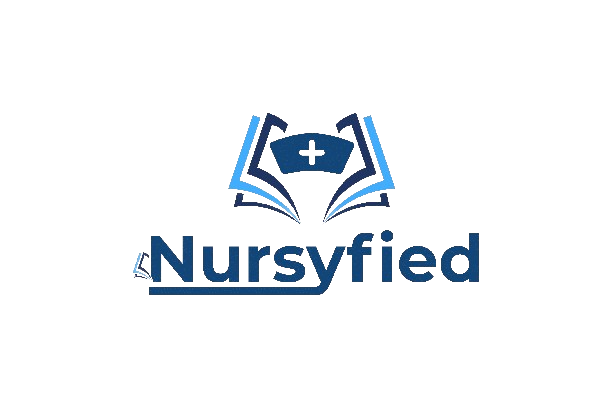

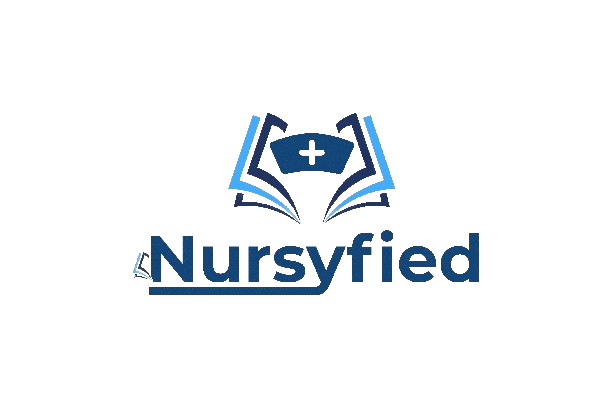
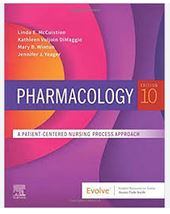
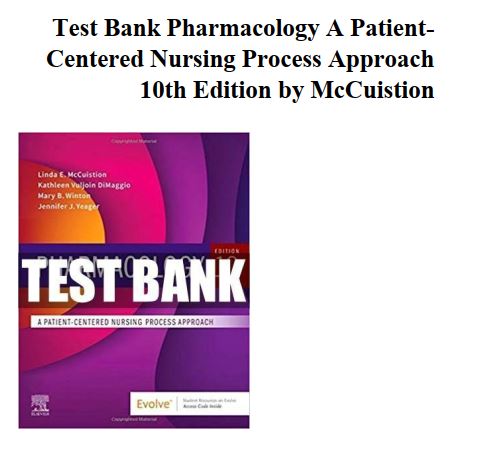
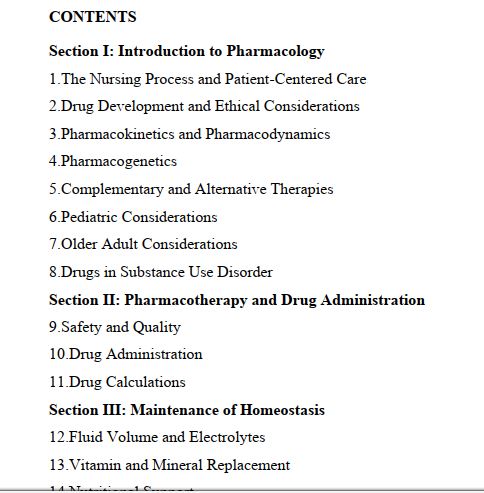
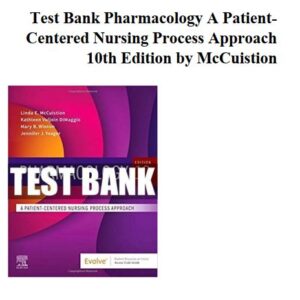
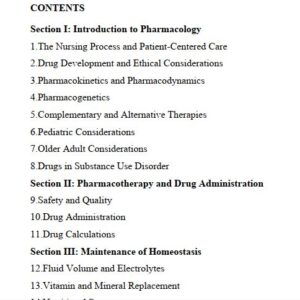
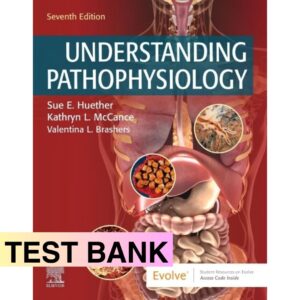
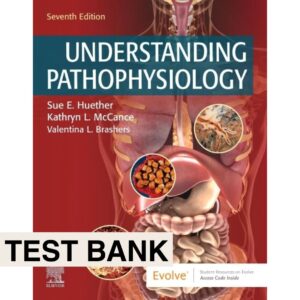
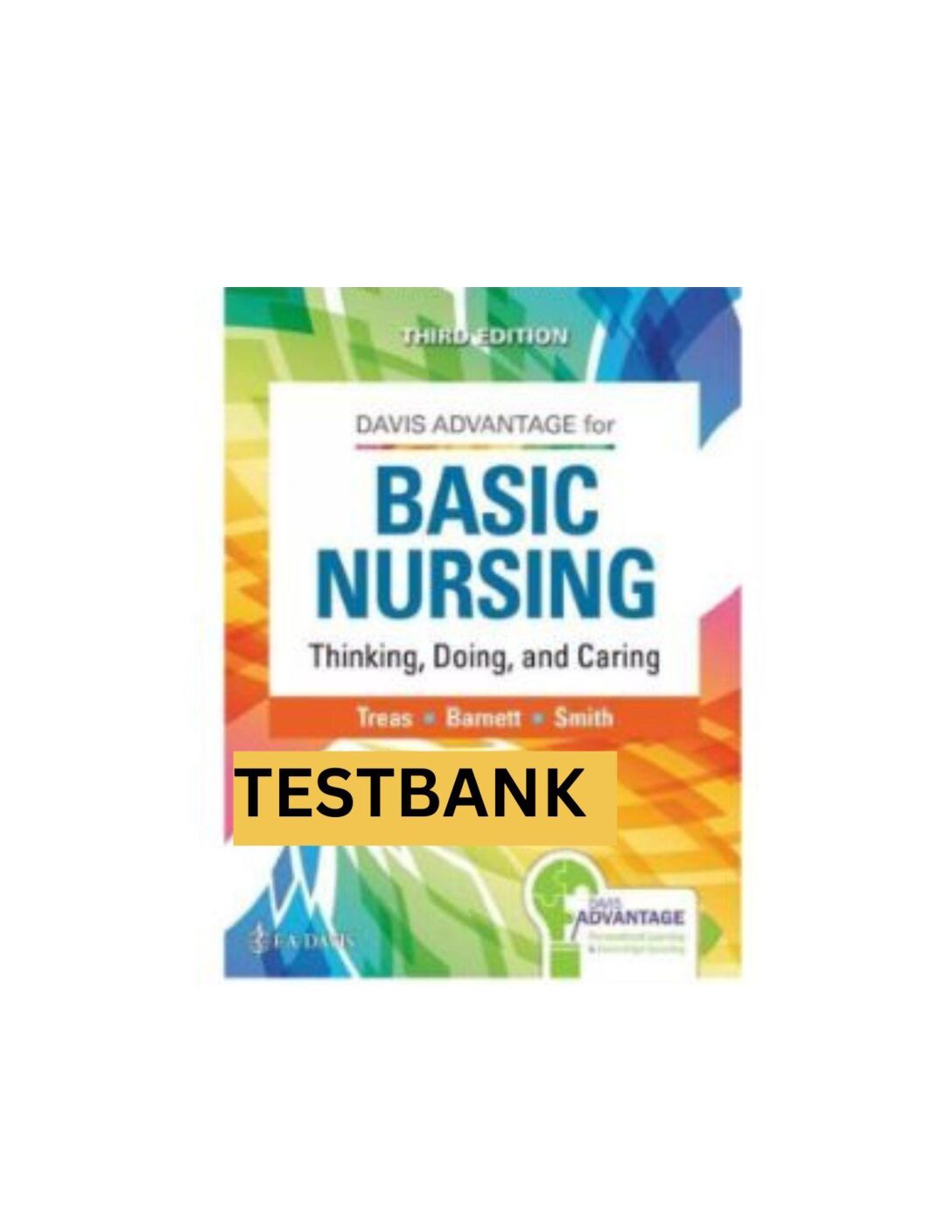
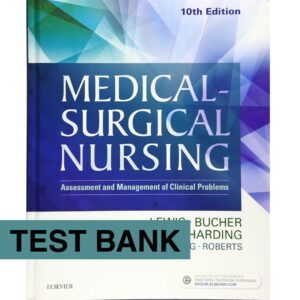
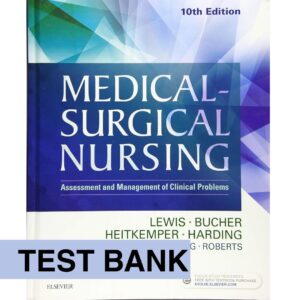
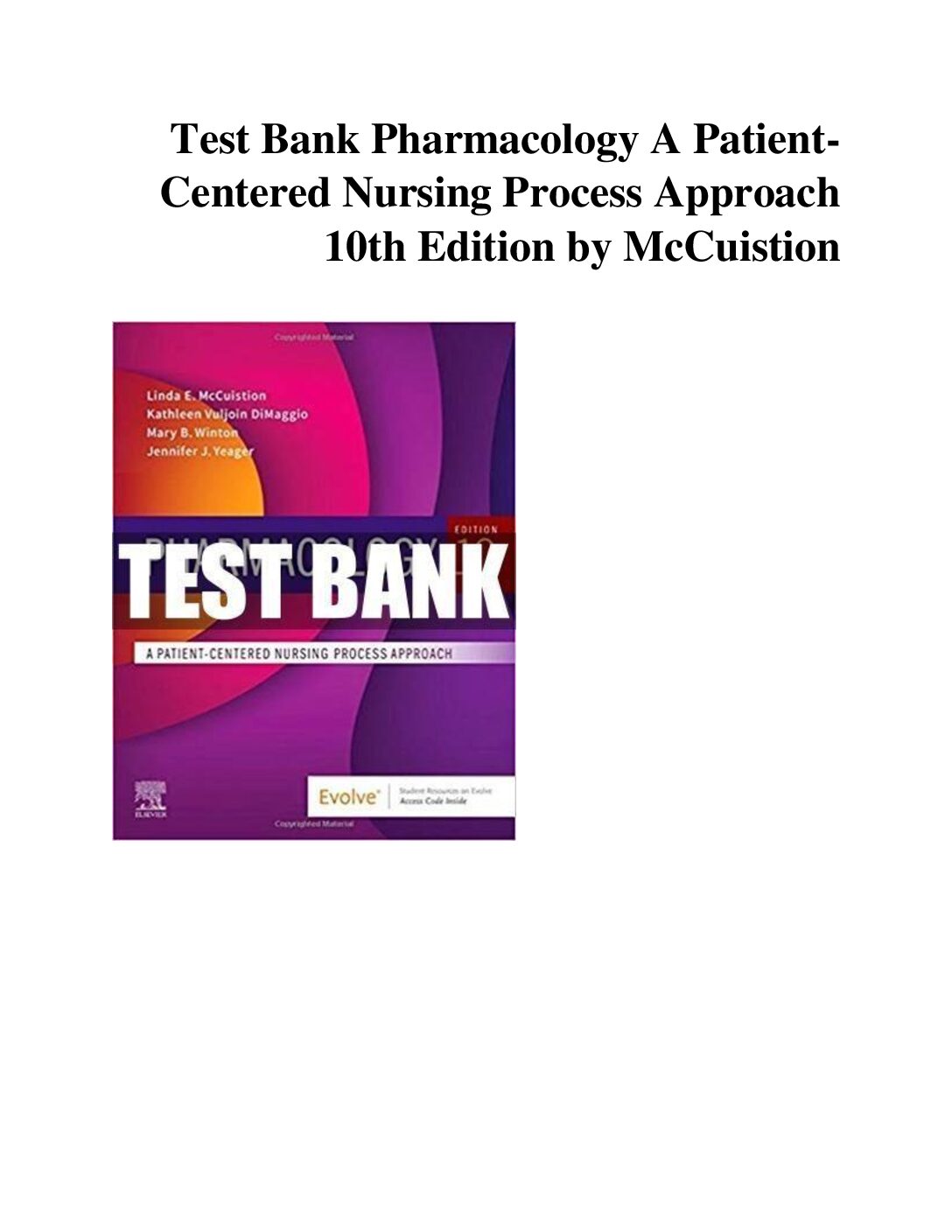
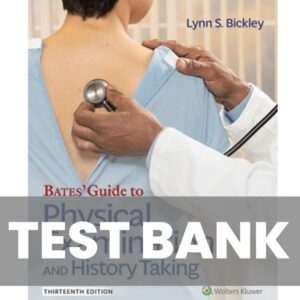
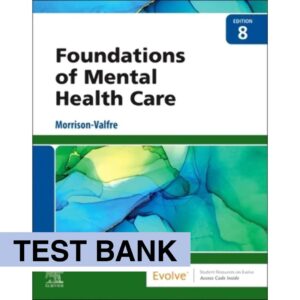

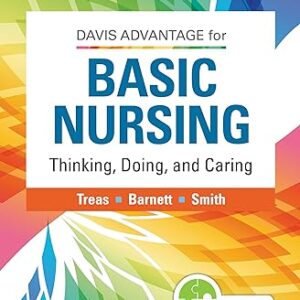
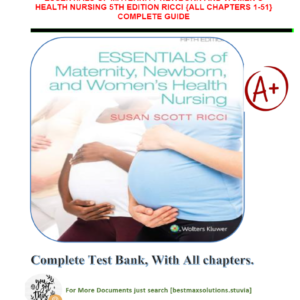
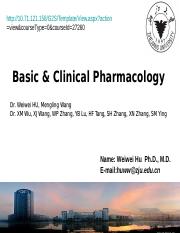
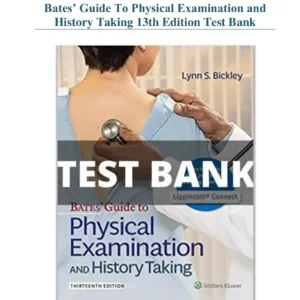
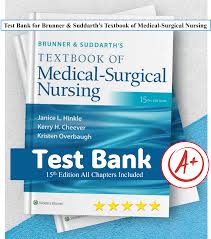
Reviews
There are no reviews yet.